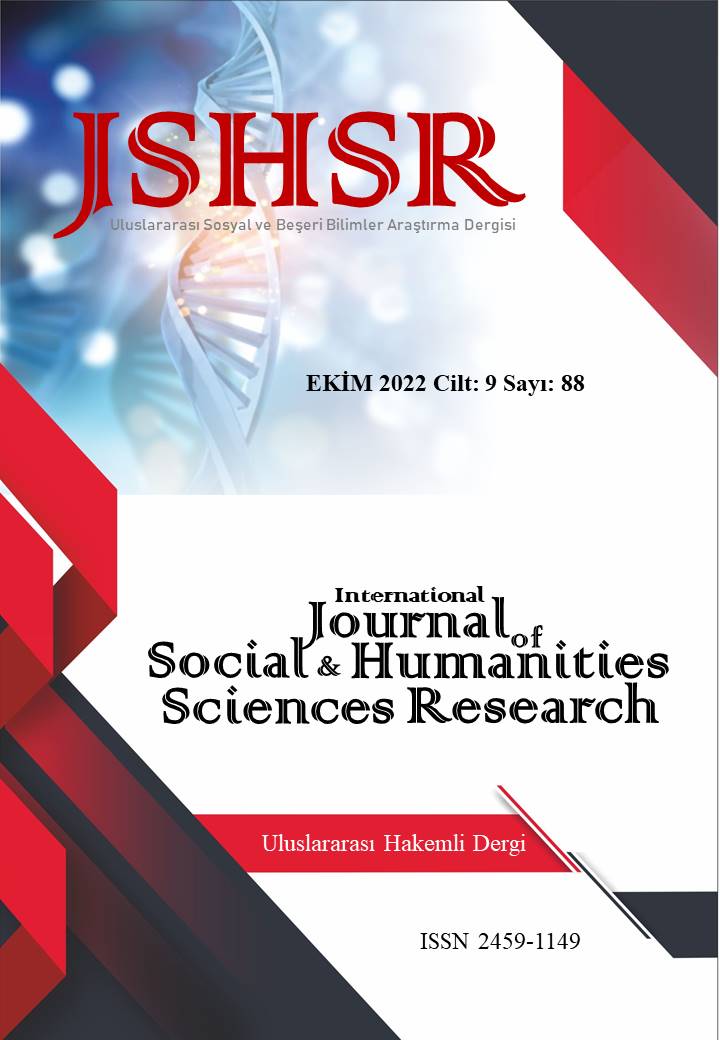THE EFFECTS OF TECHNOLOGICAL CHANGE RESULTING FROM AWARENESS, AGRICULTURAL AND INDUSTRIAL REVOLUTIONS ON THE EVOLUTION OF MANAGEMENT
DOI:
https://doi.org/10.26450/jshsr.3235Keywords:
Consciousness Revolution, Agricultural Revolution, Industrial Revolution, Techno Management RevolutionAbstract
The concept of technological change is the concept that human beings shape the concept of technology according to the situation in which they need the tools and equipment they use. While the technological change from the early ages, that is, from the revolution of consciousness to the agricultural revolution, was a concept dominated by people, the agricultural revolution is now a concept in which technology has begun to dominate people. This rule later after the discovery of the steam as the driving force mechanization by evolving with the industrial revolution (Industry 1.0), the discovery of electricity, the internal combustion engine System (Industry 2.0), and the concept of digital technology to the computer for later work (Industry 3.0) shows the chronological development. Nowadays, the technology of our age is regarded as the technological revolution Industry 4.0 concept that is described as a human all this with completely exotic to substitute the concept of artificial intelligence and smart machines by machines production and service has left orbit. In this study, a literature review, which is one of the qualitative research methods, has been carried out and the change in production-consumption model structure and the change of technology have been discussed since the early ages, and the economic effects of this on enterprises and sectors have been emphasized chronologically.
Downloads
Published
How to Cite
Issue
Section
License
Copyright (c) 2022 INTERNATIONAL JOURNAL OF SOCIAL HUMANITIES SCIENCES RESEARCH

This work is licensed under a Creative Commons Attribution 4.0 International License.


